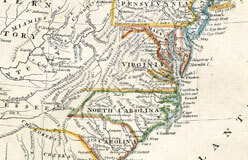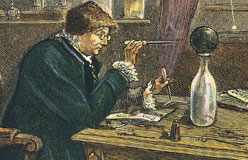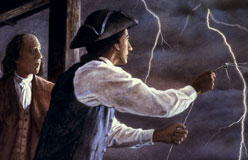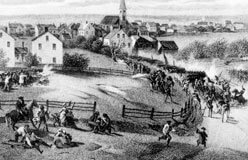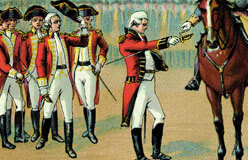What made Ben Franklin, who had only two years of schooling, one of the leading scientists of the eighteenth century?
The answer is that he was extremely curious. Ben couldn’t help wondering why things did whatever they did or trying to figure out how things worked.
Ben noticed that gypsum (a chalklike substance found naturally in rocks) spread on a field made grass grow greener. He suggested farmers put it on their crops. As a result, he’s credited with the idea of using artificial fertilizer. He was also one of the first to realize that lead poisoning was the reason so many printers, painters, and plumbers were getting sick.
Ben wanted to find out why it took so much longer to sail from Britain to America than the other way around. So he talked to whaling captains from Nantucket. They told him about what we now call the Gulf Stream, a rapid current that runs through the Atlantic. Franklin then set out to chart this current. On his many transatlantic crossings, he carefully recorded the water temperature several times a day. He discovered that, “a stranger may know when he is in the Gulf Stream by the warmth of the water, which is much greater than that of the water on each side of it.”
Poor Richard Says: “No gains without pains.”
Ben Franklin investigates electrical attraction and repulsion. ▶
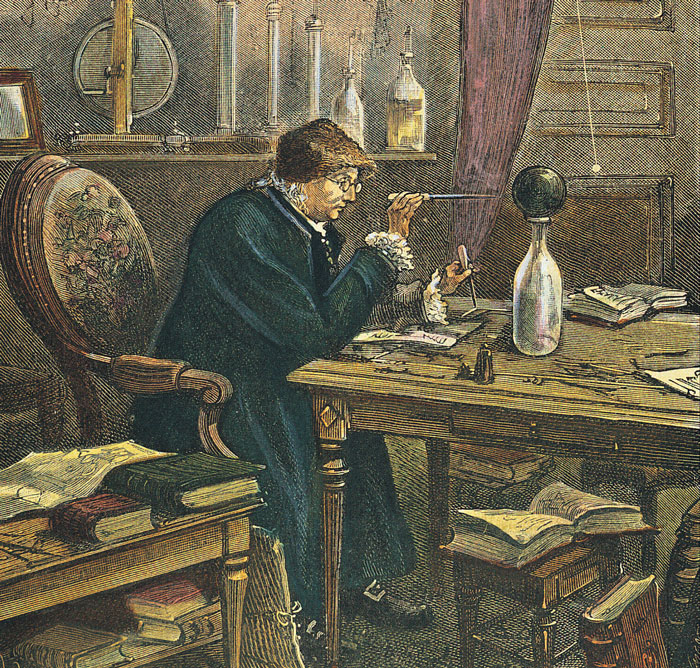
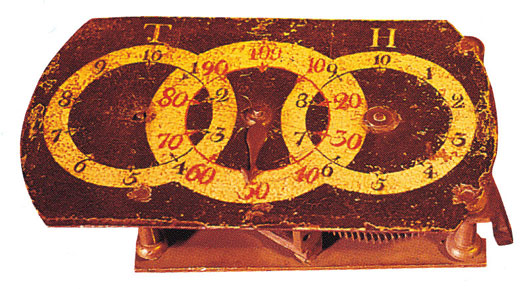
◀ Franklin is credited with inventing this odometer. When it was attached to his carriage, it accurately measured the number of miles he had traveled.
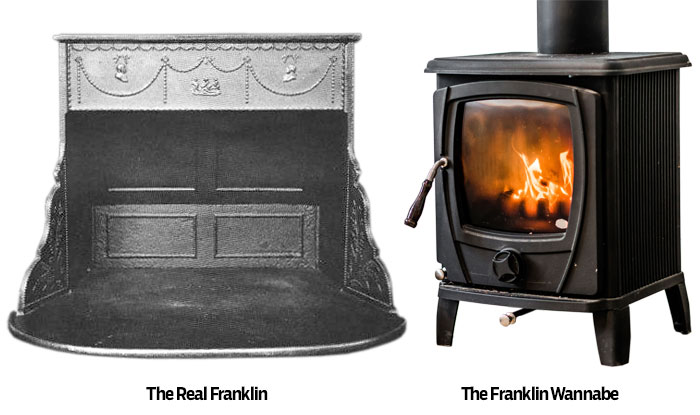
▲ Ben realized that warming an entire room with a fireplace was “next to impossible.” His solution: the Pennsylvania fireplace. It was an open iron box with air chambers on each side. The box fit into a fireplace and allowed heat to radiate more efficiently into a room. A modified version of this, called the Franklin stove, was devised by a scientist friend of Franklin’s and can be found in many homes today.
This generator, which produced static electricity, was made to Ben’s specifications. ▼
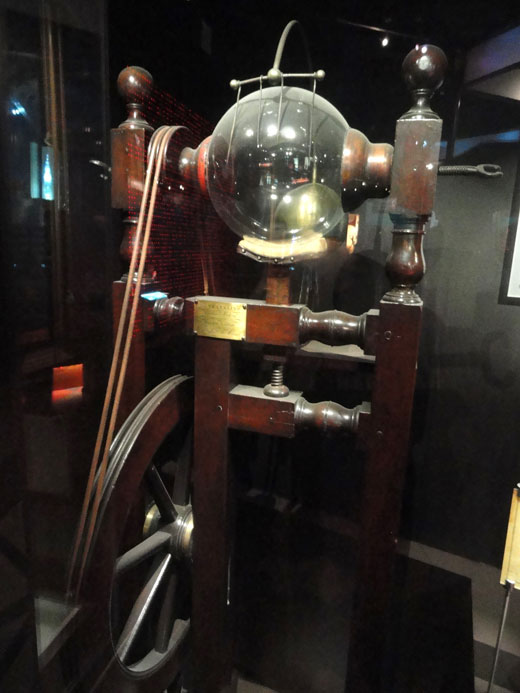

▲ When Ben saw a woven basket sprouting in a stream, he exclaimed, “This basket is alive!” Then he showed other people what he called a new “tree.” Franklin is credited with bringing willow trees to the North American continent.
Franklin claimed to have developed a smokeless candle. He also invented a candle made from whale oil. It burned brighter and lasted longer than ordinary candles and, he claimed, it left no grease spots when it dripped. ▶
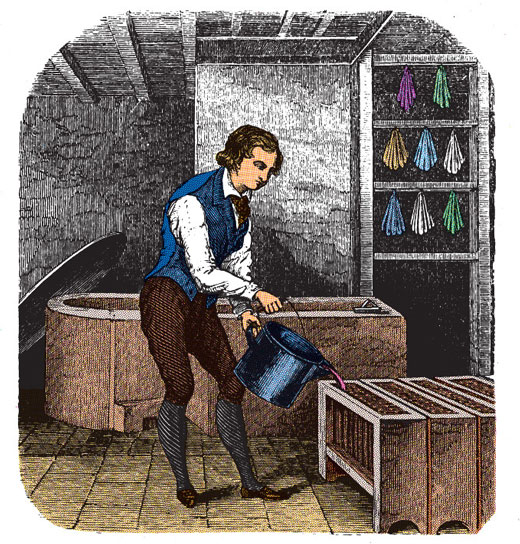
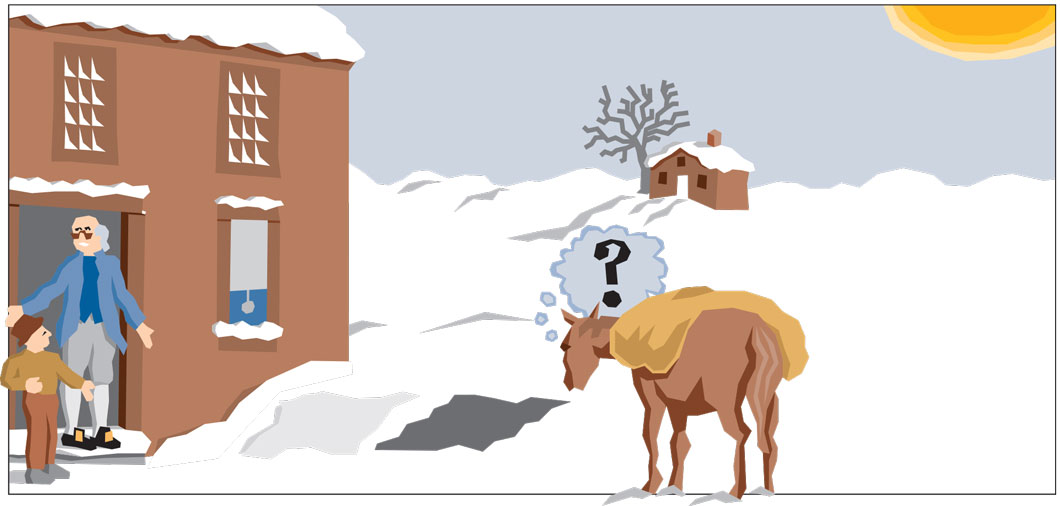
Check It Out!
Franklin proved that darker cloth absorbed more heat than lighter cloth through an ingenious experiment that he performed on a sunny winter day. How do you think he did it?
Franklin laid several squares of different colored cloth on a patch of snow-covered ground. The darker the cloth, the faster the snow beneath it melted.

